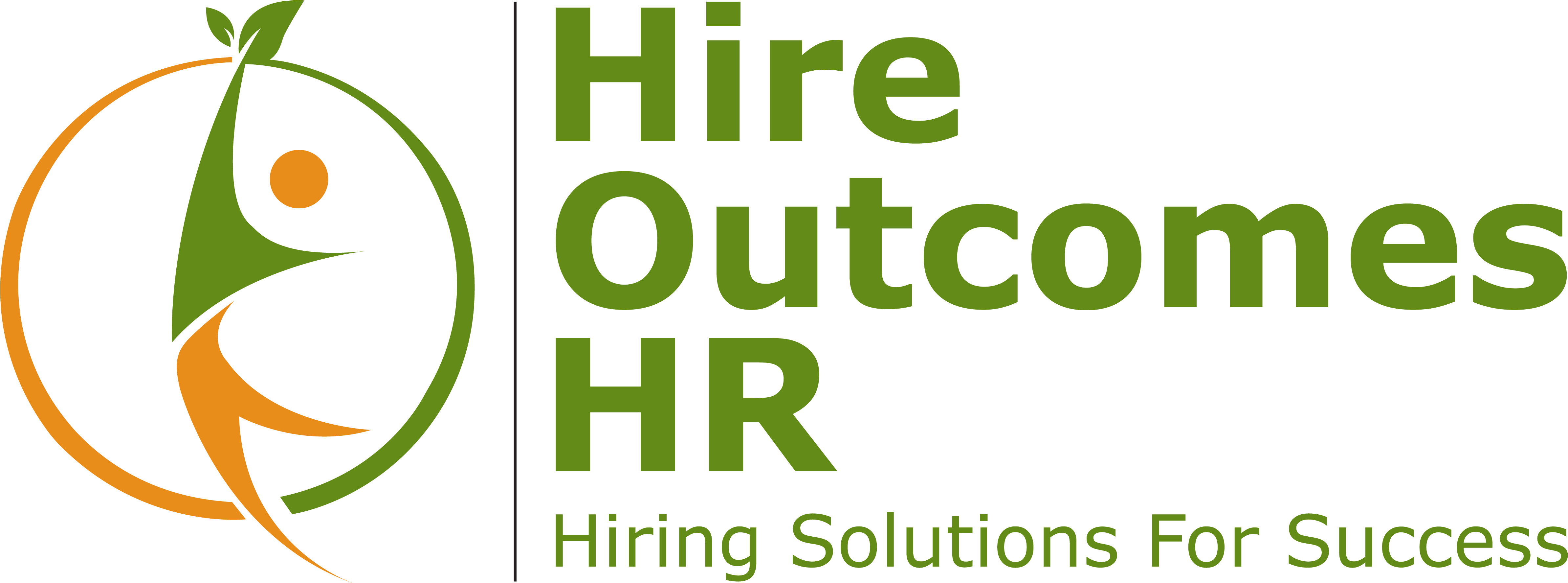Employee Engagement Ideas to Help Address Quit Quitting
Employee Engagement Ideas to help address quiet quitting are needed to remotivate employee teams.Add Your Heading Text Here
According to Gallup, “The trend toward quiet quitting — the idea spreading virally on social media that millions of people are not going above and beyond at work and just meeting their job description — could get worse. This is a problem because most jobs today require some level of extra effort to collaborate with coworkers and meet customer needs.” The reduced level of commitment has reached many occupations and impacts quality of service as well as organizational productivity.
What can be done to address quiet quitting and increase employee engagement? Many news sources are talking about the reduced motivation by employees also called quit quitting. A recent article in Gallup points out that…
“The drop in engagement began in the second half of 2021 and was concurrent with the rise in job resignations. Managers, among others, experienced the greatest drop. The overall decline was especially related to clarity of expectations, opportunities to learn and grow, feeling cared about, and a connection to the organization’s mission or purpose — signaling a growing disconnect between employees and their employers.” These needs by employees are not new, but perhaps the intensity of these needs has grown since the Pandemic.
There are many reasons for lack of motivation. Working from home or hybrid work may contribute to this motivation gap. The article by Gallup points out several ideas to address engagement gaps.
“First, address manager engagement. Only one in three managers are engaged at work. Senior leadership needs to reskill managers to win in the new hybrid environment.
Managers must learn how to have conversations to help employees reduce disengagement and burnout. Only managers are in a position to know employees as individuals — their life situation, strengths and goals.
Gallup finds the best requirement and habit to develop for successful managers is having one meaningful conversation per week with each team member –15-30 minutes.
Managers need to create accountability for individual performance, team collaboration and customer value — and employees must see how their work contributes to the organization’s larger purpose. Decisions about where people work — on-site, remote or a hybrid schedule — should keep these factors in mind. Importantly, every organization needs a culture in which people are engaged and feel they belong.”
Gallup’s findings are based on a random sample of 15,091 full- and part-time U.S. employees aged 18 and over, surveyed in June of 2022
Knowing that organizations are faced with increasing lack of motivation, Hire Outcomes HR can help organizations learn more about the needs of their employee team and about their organizational culture. This is insight is needed because, this is a particularly tough environment for employers and candidates. As part of our preparation for launching Hire Outcomes HR, we interviewed employers/hiring managers and nurses, physician assistants, nurses’ aides, and nurse practitioners to get some perspectives about what is important to them. We recommend organizations learn more about their employee needs before they start to recruit new team members. Get feedback from current employees and recent hires. Understanding your team’s perspective about how they are treated and about your organization culture can help you determine ways to increase engagement. It is also helpful to validate the way you are presenting your organization in advertising by reviewing both pros and cons of your employer value proposition. It is helpful to read comments/reviews about your organization in social media and to get feedback from recent hires to see what they have found attractive about working there. These efforts can help your develop ways to engage your team.



No responses yet